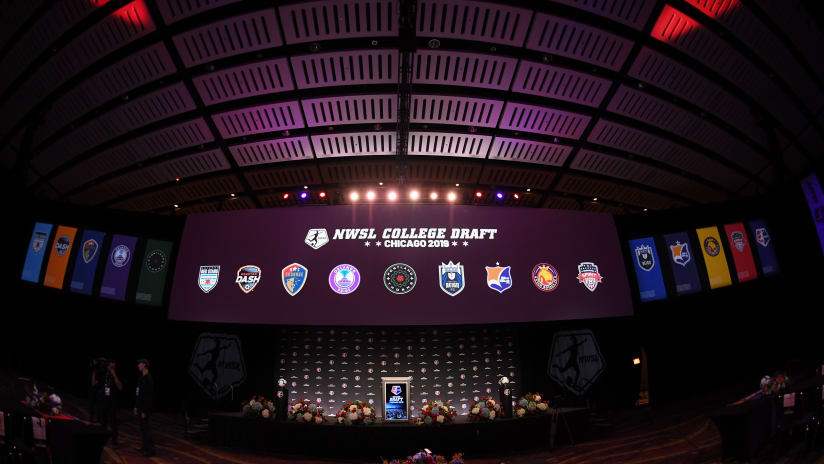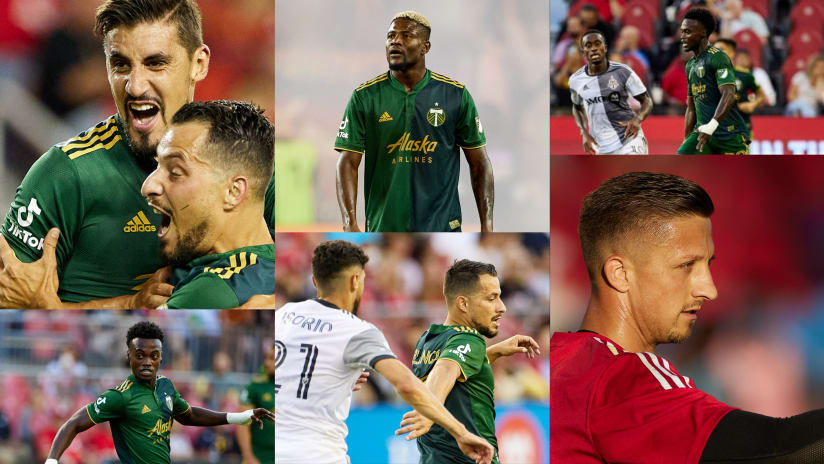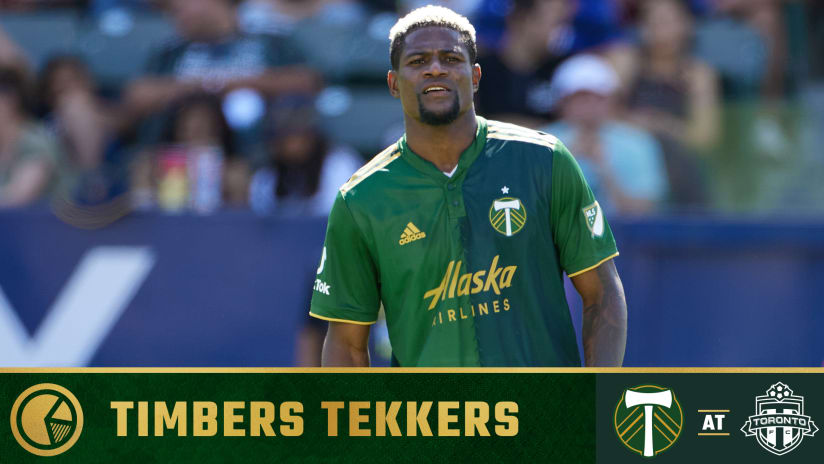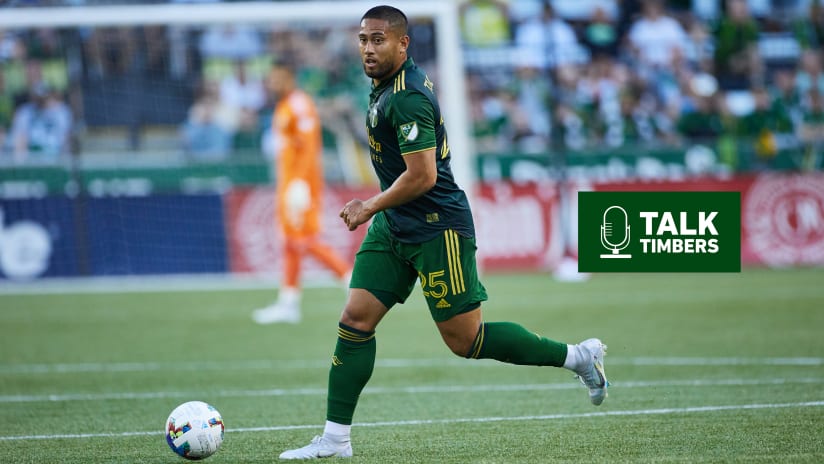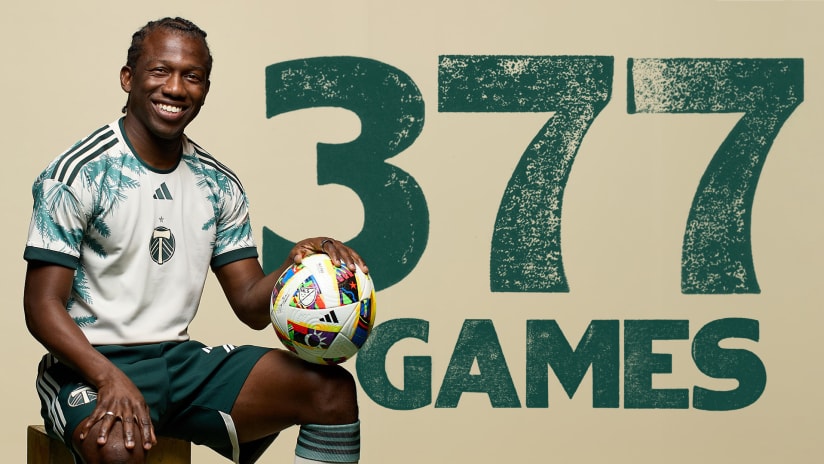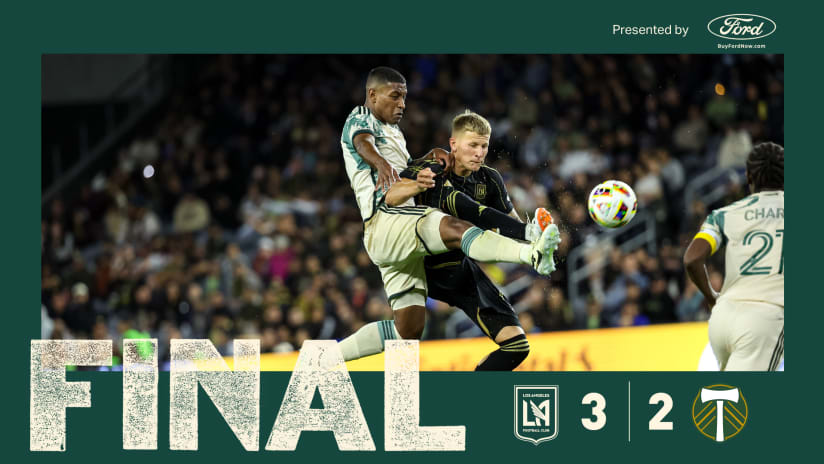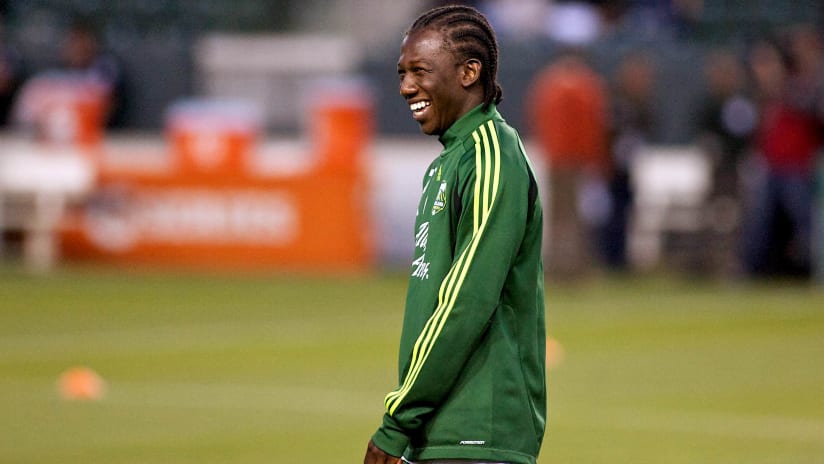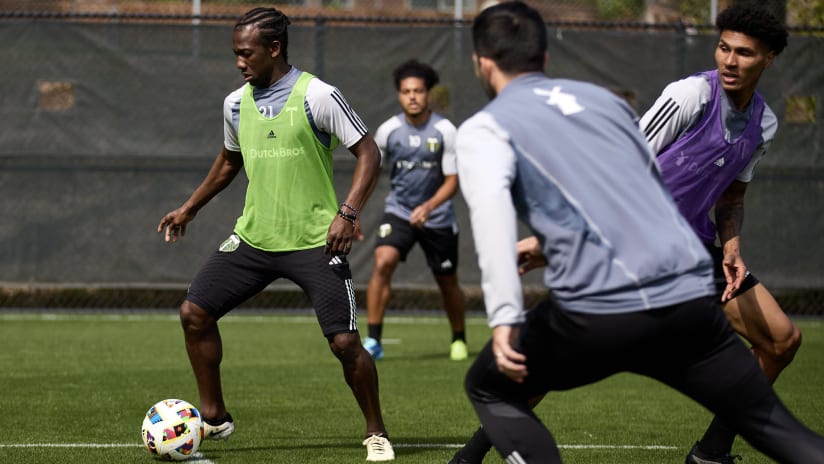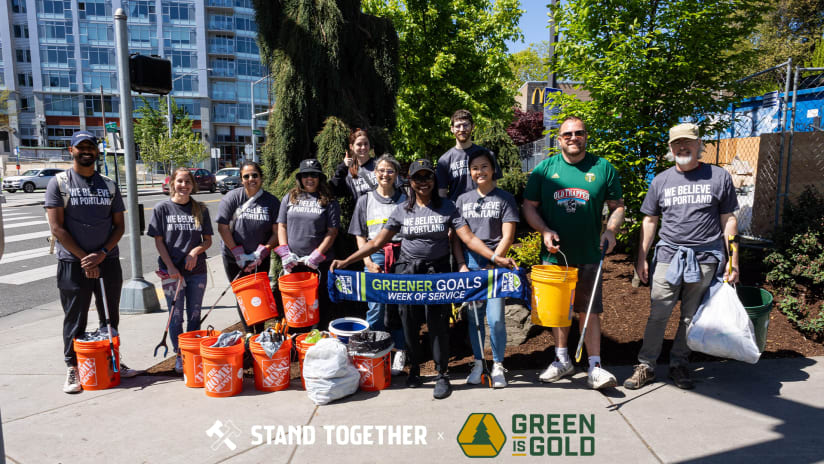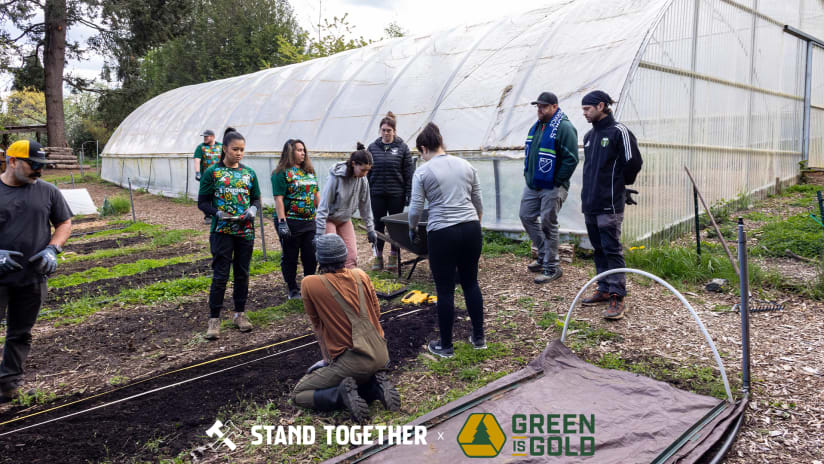BALTIMORE, Md. – Their first hours in Baltimore, Maryland, would have felt like a whirlwind if Portland Thorns FC's staff wasn’t used it. But after years around the NWSL, this has become their late-January routine, one that usually involves a cross-country flight on Tuesday, a few hours of meetings that night, and an obligatory social scene – a league’s worth of contacts, assembled in one place for the only time in 12 months.
It all primes the pump. What lies ahead are three days that could make or break teams’ offseasons.
The annual NWSL College Draft falls in the middle of that stretch. In the days before, around the league’s Board of Governors sessions, as well as various meetings outlining plans for the coming season, representatives from nine organizations send lures into the water, waiting for at least one of their peers bite. If they do, better players will be acquired, weak assets will be swapped for stronger ones, as the environment of a sports league feeds on itself. By the end process, clubs like the Thorns hope to return home with better squads than they had on their arrival.
“That would be the simple answer: Improve our roster now; improve our roster for the future,” Thorns head coach Mark Parsons explained, when asked about his goals for the 24 hours before the draft.
It’s Wednesday when we talk: 40 minutes before the first league meetings of the day; hours and hours before people like Parsons get to enjoy the greater United Soccer Coaches Convention, which annually hosts the league’s draft. In his less-than-24 hours in Baltimore, though, the trade discussions – most more obligatory than substantive -– have already been abundant. The restaurant, coffee bar and lobby of the NWSL’s chosen hotel is filled with the league’s most important people.
“You have a very intense period over 24 hours where, more than any other time of the year, to [improve your team],” Parsons said.
For Thorns, this offseason is different than most, making those discussions more important. The team’s third-place finish in the NWSL’s 2019 regular season was their lowest since Parsons’ 2016 arrival from the Washington Spirit, marking the first time since that the Thorns didn’t claim a spot in the league’s Championship Game. Only back then, disappointment was assuaged by a first-place finish ahead of the playoffs, earning the team its only NWSL Shield.
There were no silver linings in 2019, and it wasn’t long after last season’s playoff semifinal loss in Chicago that Portland’s decision makers were sharing blunt assessments of their team, with the tone for the offseason set during team president Gavin Wilkinson’s and Parsons’ end-of-season press conference. That tone has been reiterated since, with Wilkinson saying, in a statement that accompanied the trade of Emily Sonnett, that, “Coming into the offseason we knew we would have to make several bold moves that strengthen the team with the objective of getting back to the NWSL Final.”
One day ahead of the draft, Parsons shared Wilkinson’s tone, outlining why, after obtaining this year’s first-overall pick in the Sonnett deal, this year’s Convention period carries more urgency than others.
“We feel that there has been a slight compromise in the players we’ve targeted before,” he confesses. “They’re not the ones that met the perfect profile, but we know what it takes to be a Thorn, and to be successful in one of the top teams in the world. We feel that having that [first overall] pick, now, [it] gives us the opportunity to find that perfect player, one that fits with what we have now and what we’re after in this great period.”
Beyond that perfect player, the team has other needs. The trade of Sonnett leaves a question mark in central defense. That won’t be filled at the very top of the draft, and where “quality over quantity has been the theme” of the offseason, in Parsons’ words, there may be more spots Portland seeks to improve. Even if those types of moves aren’t made this week, the league’s ultimate networking opportunity could seed moves farther down the road.
The ability to find those opportunities, for Parsons, becomes a test of readiness, with the work around not only the draft but its subsequent scenarios starting long before his group arrives in Baltimore. Along with he and Wilkinson, assistant coaches Rich Gunney and Sophie Clough are also on the ground in Baltimore, along with supporting staff. Save the team’s owner, Merritt Paulson, the team’s entire command structure is on the ground, ready to execute at a moment’s notice.
“[I’m] working very, very closely with our technical staff, finishing up our preparation, fine tuning our preparation, and those plans have to be prepared for absolutely everything and anything,” Parsons explained, regarding what the day before the draft entails. “And then, [I’m] staying connected to Gavin and making sure that we’re fully in line with what the strategies are going to be to improve our roster.”
For their first 24 hours on the ground, Parsons and Wilkinson are rarely apart. Much of that is due to the league’s meeting schedule, with other coach-GM pairings also roaming in tandem. Part of that, too, is the particularly busy nature of the Thorns’ offseason. With a roster overhaul in progress, and so many quantity-for-quality opportunities to explore, communication between Wilkinson and Parsons becomes even more vital.
Among the duo’s tasks: trying to trade into position to take targeted players on Thursday, though that happens every year. Last January, the Thorns weren’t able to move into the first round, even though, “We felt really good about trying to get into the top five, or six to try and get a player we could get there. That wasn’t possible.” This year, they’ve already moved up.
- READ: History of NWSL first overall picks shows trend of players who make an impact
- DRAFT CENTRAL: NWSLsoccer.com
Among the team’s other must-dos, over the next 24 hours: assessing if, with the four picks beyond the first Portland owns on Thursday, the team would be better suited trading for established players, or future picks. The Thorns have done that before, too.
Part of the team’s Baltimore agenda, too, is just being part of the NWSL ecosystem. Deals or none, this week’s process will be learning what other teams need, and letting those teams know what you’re looking for. If all goes well, Portland and their competition will not only leave Baltimore with the rights to a number of new players, but they’ll have a better idea of what, across the NWSL landscape, can be done to improve the team throughout the season.
For Portland, it’s all in the name of one goal: Progress from 2019, which Wilkinson has already defined as getting back to a final.
“Obviously, we’re here to get business done,” Parsons reiterated. “If the balance was right, I’d be able to catch up with some really good people that we compete against all year, that we don’t get to, but also stay connected, and ready for some mayhem.”

